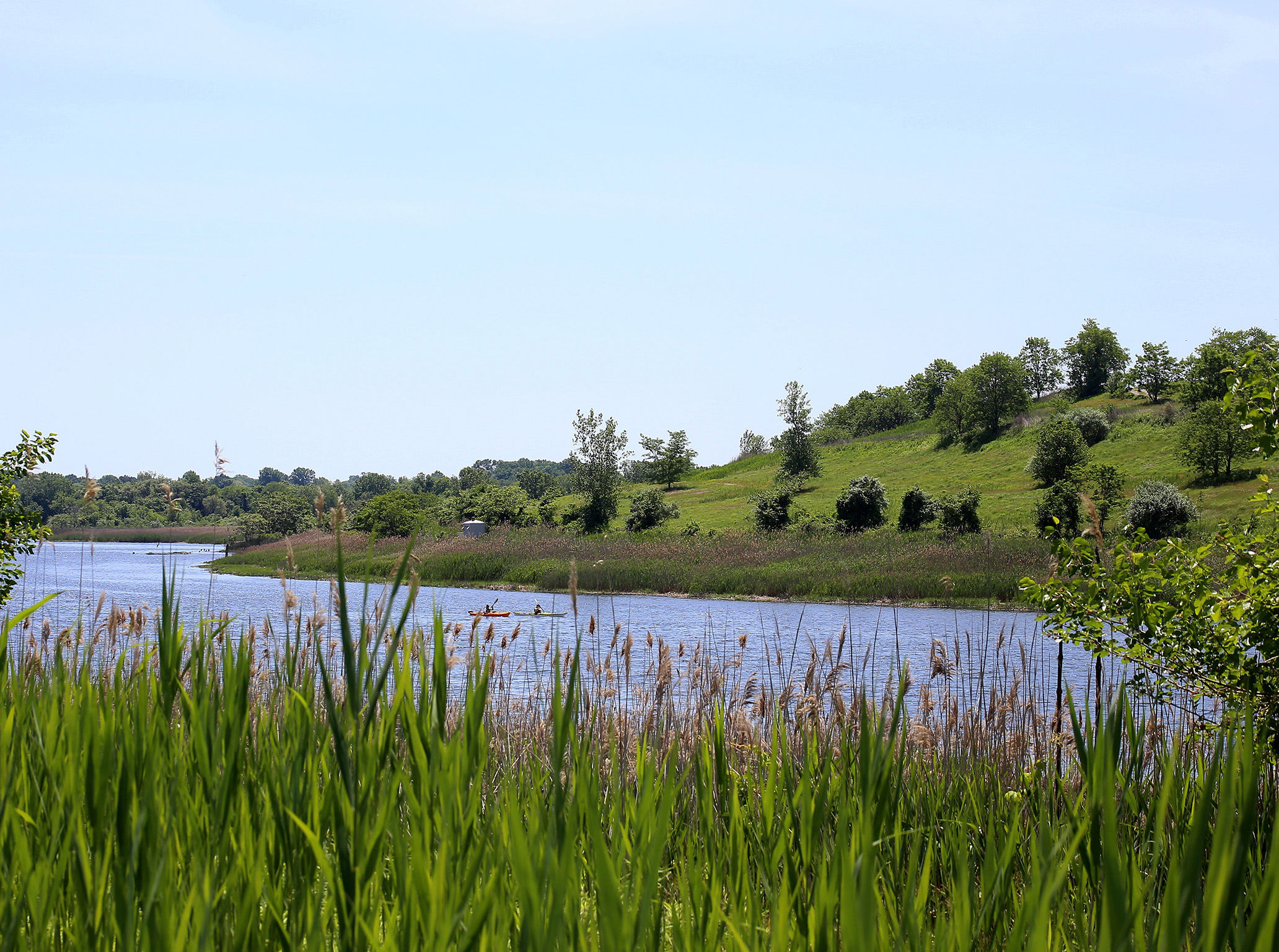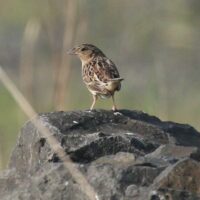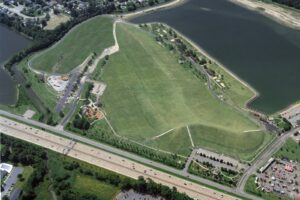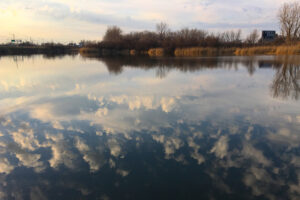Celebrating Landfill-to-Parks Around the World
 In 2013, the United Nations proclaimed March 3rd World Wildlife Day to mark the signing of The Convention on International Trade in Endangered Species of Wild Fauna and Flora or CITES. Signed on March 3, 1973, CITES is an international agreement intended to ensure that the international trade of plants and wild animals does not threaten their survival. According to Cites.org, international wildlife trade is estimated at over a billion dollars and includes hundreds of millions of plant and animal specimens. Fortunately, not all wildlife species are endangered and CITES currently protects about 37,000 plant and animal species.
In 2013, the United Nations proclaimed March 3rd World Wildlife Day to mark the signing of The Convention on International Trade in Endangered Species of Wild Fauna and Flora or CITES. Signed on March 3, 1973, CITES is an international agreement intended to ensure that the international trade of plants and wild animals does not threaten their survival. According to Cites.org, international wildlife trade is estimated at over a billion dollars and includes hundreds of millions of plant and animal specimens. Fortunately, not all wildlife species are endangered and CITES currently protects about 37,000 plant and animal species.
Efforts to protect natural (and endangered) habitats and species takes many forms, in some cases, conservationists protect existing species and habitats and in others, efforts are made to reclaim damaged land to create new habitats. Some former landfill sites located in densely populated areas have provided unique opportunities to create new parkland and new habitats. These amazing transformations are beneficial to local residents and tourists, and support biodiversity. Freshkills Park, once the site of the world’s largest landfill is currently becoming a 2200-acre park. Scheduled to be completed in 2036, the park is already home to a variety of bird species of interest, which include Osprey and Grasshopper Sparrows (both species of special concern in New York State, and most recently Sedge Wrens (a threatened species in New York State).
- Grasshopper Sparrow
- Sedge Wren
With landfill-to-park transformations going back several decades, the concept isn’t new, but each site has a unique history, ecosystem, and park services. Check out this list of inspiring landfill-to-parks across time and the globe, from big to small, to projects here in New York;
Washington Park Arboretum- Seattle Japanese Garden | Learn More
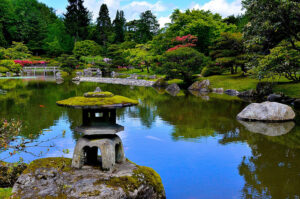
© Seattle Japanese Garden
Formerly: Miller Street Dump
Operated as a Landfill: 1911-1936
Size: 62 Acres
Location: Seattle, Washington
Park Opened: 1960
Mount Trashmore | Learn More
Formerly: Mount Trashmore landfill
Operated as a Landfill: 1960’s-1971
Size: 165 Acres
Location: Virginia Beach, Virginia
Park Opened: 1974
Cesar Chavez Park | Learn More
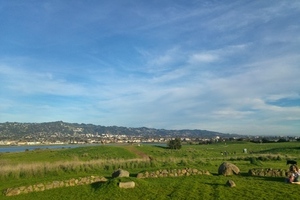
© Staeiou
Formerly: Berkeley Landfill
Operated as a Landfill: 1957- 1991
Size: 90 Acres
Location: Berkeley, California
Park Opened: 1999
Tift Nature Preserve | Learn More
Formerly: Tift Landfill
Operated as a Landfill: 1950’s-1960’s (unofficial), 1970-1973 (official)
Size: 264 Acres
Location: Buffalo, New York
Park Opened: 1976
Millennium Park | Learn More
Formerly: Gardener Street Landfill
Operated as a Landfill: 1954-1999
Size: 100 Acres
Location: Boston, Massachusetts
Park Opened: 1999
Red Rock Canyon Open Space | Learn More
Formerly: Gypsum Canyon Landfill
Operated as a Landfill: 1970-1987
Size: 53 Acres
Location: Colorado Springs, Colorado
Park Opened: 2003
Sai Tso Wan Recreation Ground | Learn More
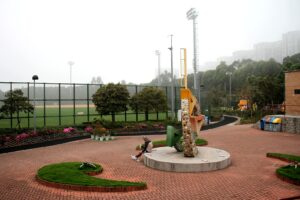
© LRT505
Formerly: Sai Tso Wan Landfill
Operated as a Landfill: 1978-1981
Size: 165 Acres
Location: Hong Kong, China
Park Opened: 2004
Thurrock Thameside Nature Park | Learn More
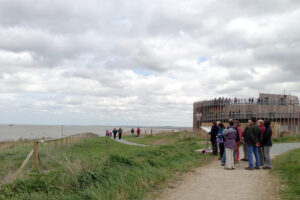
© Artexplorer434
Formerly: Mucking Marshes Landfill
Operated as a Landfill: 1960-2012
Size: 120 Acres
Location: Thameside, United Kingdom
Park Opened: 2013
Ariel Sharon Park | Learn More
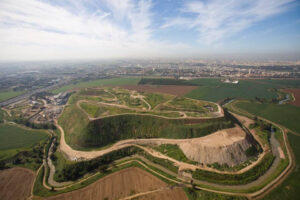
© State of Israel
Formerly: Hiriya Landfill
Operated as a Landfill: 1952-1999
Size: 2000 acres
Location: Tel Aviv, Israel
Park Opened: 2014 (still in construction, opening in phases)
Tramore Valley Park | Learn more

© Kent Brink
Formerly: Kinsale Road Landfill
Operated as a Landfill: 1964-2009
Size: 160 Acres
Location: Cork, Ireland
Park Opened: 2015-2019 (In Phases)
Curious about exploring a landfill-to-park in New York City?
As Freshkills Park, continues to transform from the world’s largest landfill into a park, the Freshkills Park Alliance hosts guided tours and programs on site. Stay informed about spring programming by subscribing to our newsletter or following us on social media. In the meantime, check out other local New York City landfill-to-parks which include Flushing Meadows Corona , Brookfield and Shirley Chisholm.
All of these amazing park transformations have given many species a place to flourish in the most densely populated cities. Did you know New York City is situated in a biodiversity hotspot? Learn more about biodiversity hotspots by clicking here.
